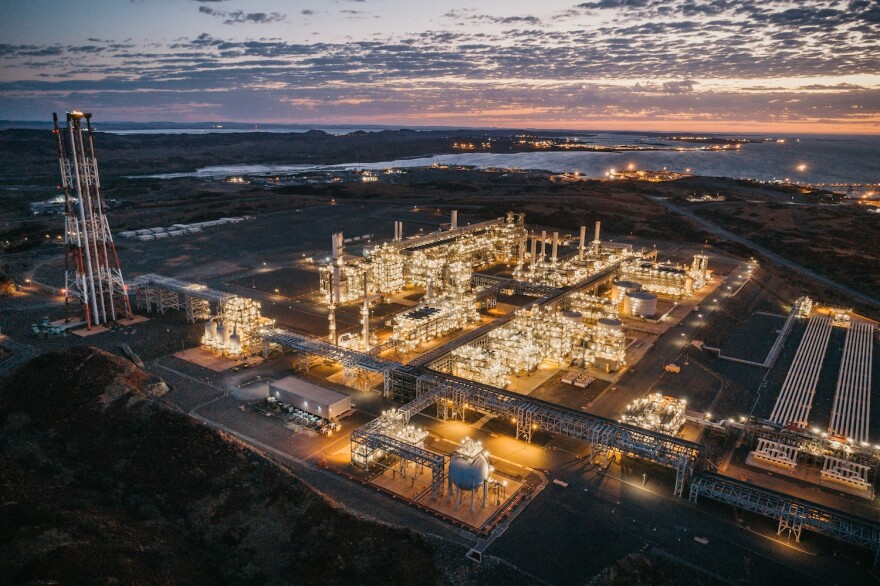State and local officials broke ground Monday on Louisiana’s latest liquefied natural gas facility, located in rural Calcasieu Parish and billed as an economic boon for the region.
Woodside Energy’s $17.5 billion production and export facility, best known as “Louisiana LNG,” represents the largest foreign direct investment in state history. It’s also the first LNG plant to receive approval after President Donald Trump began his second term by declaring a domestic energy emergency.
Since the Trump Administration’s late-January executive order, both state and federal policymakers have worked to relax regulations and open up the Gulf Coast to increase oil and gas extraction while growing the region’s stake in the global exports market.
At Monday’s groundbreaking ceremony, Gov. Jeff Landry described the event as an ‘unbelievable’ day for Louisiana and the country, and pointed to the project as an example of what’s to come.
“Folks like Woodside don't look around the world and decide where to go by just throwing a dart at the globe,” Landry said. “They look at areas around the globe for stability. They look for tax policy, they look for educational standings. They look for overall economic opportunity. “ I say this again and again and again, that there is no industry in the world that has created more wealth, that has lifted more people out of poverty than the energy industry.”
Louisiana’s four operating LNG export facilities are the most of any state in the country, and by themselves represent more than 60% of all LNG exports from the U.S. The Woodside facility — expected to begin operations in 2029 — will add another 16.5 million metric tons per year of LNG to that figure, and could grow to produce and export another 11 million.
Beginning with Russia’s full-scale invasion of Ukraine in early 2022, demand for U.S. natural gas from both Europe and Asia has skyrocketed following sanctions on trade with Russia. Louisiana boasts 6% of all natural gas reserves in the country.
Woodside Energy CEO Meg O’Neill said the project is expected to support more than 4,400 jobs at the site during construction, a majority of which will be American workers. She also expects another 15,000 direct jobs on the project once complete, and another 40,000 direct or indirect jobs nationwide.
Woodside’s own projections expect that, once operational in the 2030s, the joint production and export facility will generate roughly $2 billion annually in net revenue. But the project is also being constructed within a designated foreign trade zone, which offers some relief on taxes and customs duties. The company has also set a target of selling down its stake in the project to 50% to protect itself against associated risks.
Beginning with O’Neill’s appointment as CEO in 2021, the Australian firm has grown rapidly into one of the ten largest independent oil and gas companies globally, and into the largest company traded on the Australian stock exchange.
One of the pioneers of LNG extraction and exports in Southeast Asia, Woodside took over the Louisiana LNG project in its billion-dollar acquisition of the Houston-based Tellurian in 2024.
O’Neill said the facility’s groundbreaking marked a transformational moment for the firm as it evolves into a global LNG ‘powerhouse’, and owner of more than 5% of the global LNG supply over the next decade.
O’Neill said she expects global demand for LNG to rise up to 50% over the same period of time.
“We’ve had our eyes set on U.S. LNG for more than a decade, and Louisiana LNG is the realization of this long-held ambition,” O’Neill said. “ This administration, both in Washington and Baton Rouge, has laid out a vision for a brighter energy future.”
According to Woodside’s first financial approval of the project, the lifespan of the natural gas being extracted, produced and exported from the site in Southwest Louisiana stretches more than 40 years — even with the potential to grow that number to more than 27 million metric tons per year.





